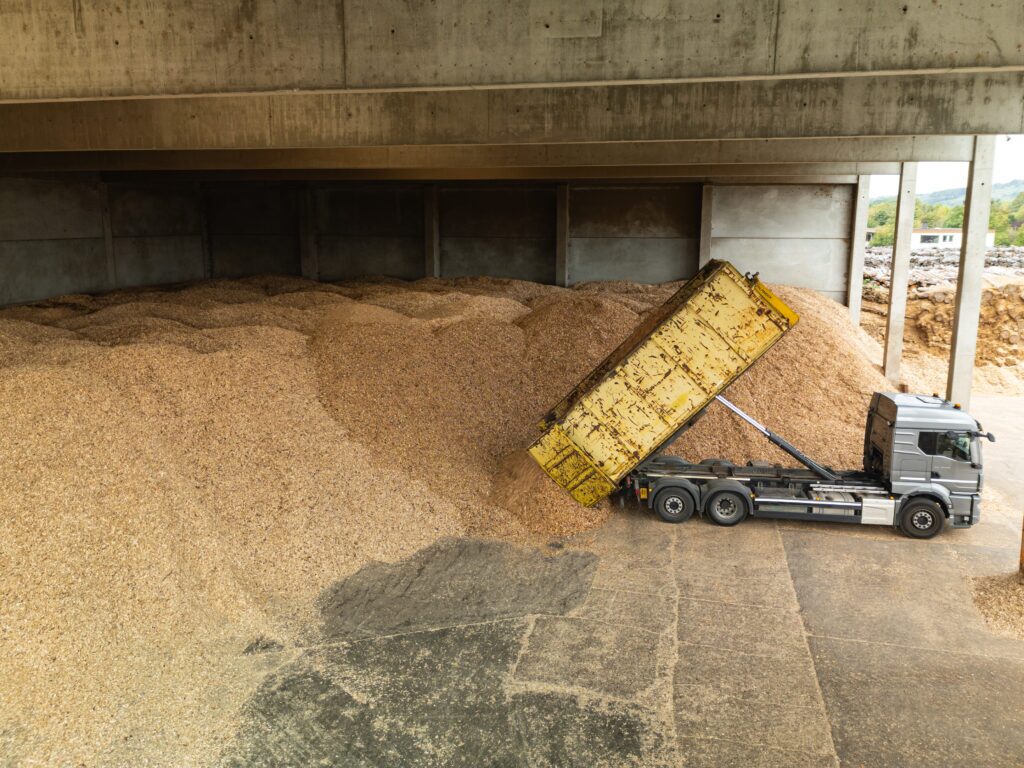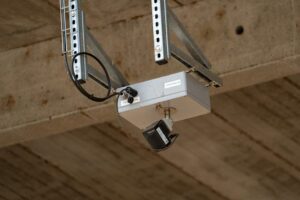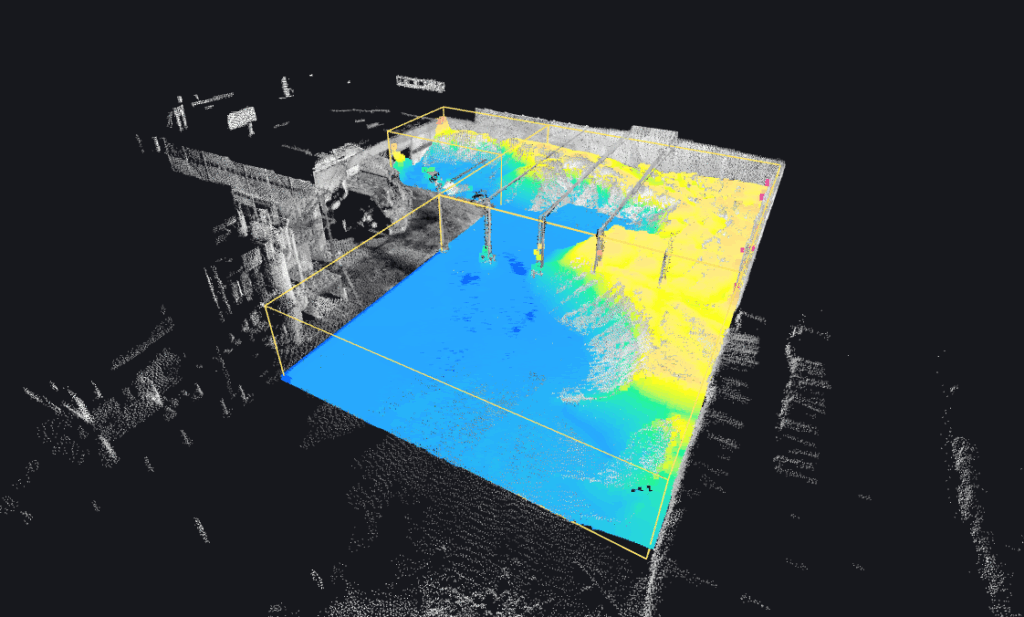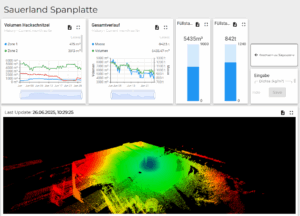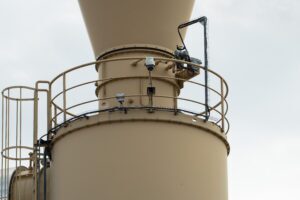From day one, I was genuinely impressed by how accurate and reliable the data is. We’re now able to track material usage in real time and base our purchasing decisions on hard facts. What really surprised me, though, is how well the system performs—even in the harsh, dusty conditions of our production halls. I honestly didn’t expect it to hold up that well.
Lukas Krey
Wood Purchasing Manager


